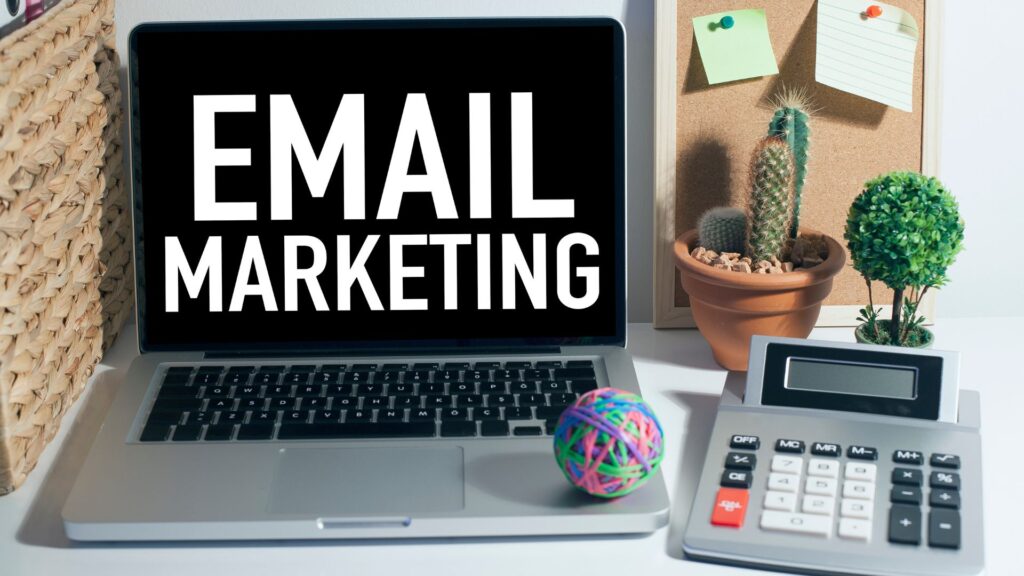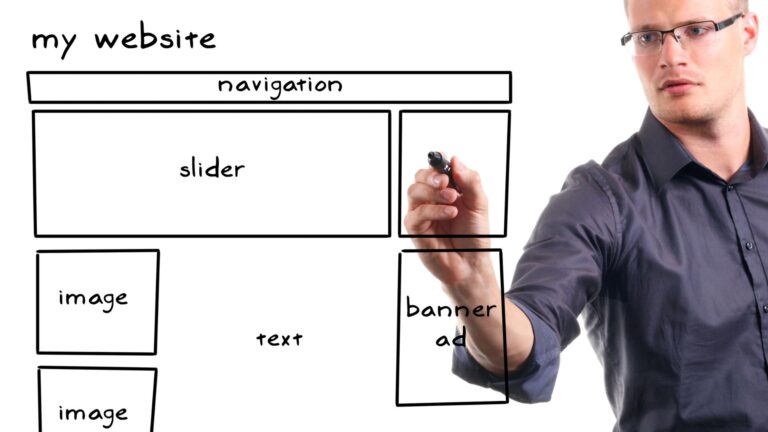
10 Best Digital Marketing Courses
Searching for the best online digital marketing courses? We evaluated a large number of courses. Choose one and start learning online marketing.

In today’s digital age, email marketing is one of the most popular and effective ways to reach and engage with customers. According to recent statistics, email marketing has an average return on investment (ROI) of $42 for every $1 spent. That’s why businesses of all sizes are investing in email marketing campaigns to boost their brand awareness, generate leads, and increase sales.
In this complete guide to email marketing and its types, we’ll explore what email marketing is, why it’s essential for businesses and the different types of email marketing campaigns you can use to drive results.
Email marketing is the practice of using email to promote products or services, build relationships with customers, and drive business growth. It involves creating and sending email messages to a targeted list of subscribers who have opted-in to receive updates and offers from your business.
Email marketing is an effective way to engage with your customers and build brand loyalty. It allows you to reach a large number of people with personalized messages that resonate with their interests and needs. With email marketing, you can create engaging content that educates, entertains, and informs your audience.
Email marketing is an essential component of any digital marketing strategy. Here are some of the key reasons why email marketing is critical for business growth:
Email marketing is one of the most cost-effective marketing channels available. It doesn’t require a significant investment in advertising or creative services, and it has a high ROI.
Email marketing allows you to reach a large number of people quickly and easily. You can send personalized messages to your subscribers, which can help to build brand awareness and generate leads.
With email marketing, you can target specific groups of subscribers based on their demographics, interests, and behavior. This allows you to send messages that are more relevant to their needs, which can improve engagement rates and conversions.
Email marketing is highly measurable, and you can track metrics such as open rates, click-through rates, and conversion rates. This allows you to see the results of your campaigns and make data-driven decisions to improve performance.
Now that we understand why email marketing is essential, let’s dive into the different types of email marketing campaigns.
Newsletter campaigns are one of the most common types of email marketing campaigns. They are regular email updates that provide subscribers with news, updates, and content related to your business. Newsletter campaigns can help to build brand awareness, drive website traffic, and generate leads.
When creating a newsletter campaign, it’s essential to focus on providing value to your subscribers. This means including high-quality content that is relevant to their needs and interests. Some of the content you can include in a newsletter campaign includes:
Promotional campaigns are designed to promote specific products or services to your subscribers. They are usually time-limited and offer a discount or special offer to encourage subscribers to make a purchase. Promotional campaigns can be effective in driving sales and increasing revenue.
When creating a promotional campaign, it’s essential to make the offer clear and compelling. You should also create urgency by setting a deadline for the offer and using persuasive language to encourage subscribers to take action.
Welcome campaigns are designed to welcome new subscribers to your email list and introduce them to your brand. They typically consist of a series of emails that are sent over a period of time, with each email providing subscribers with more information about your business.
Welcome campaigns are an effective way to build a relationship with new subscribers and make a positive first impression. When creating a welcome campaign, it’s essential to include a clear call to action (CTA) in each email, such as following your social media pages or visiting your website.
Abandoned cart campaigns are designed to target customers who have added items to their shopping cart but have not completed the purchase. These campaigns can be effective in recovering lost sales and increasing revenue.
Abandoned cart campaigns typically involve sending a series of reminder emails to the customer, highlighting the items in their cart and encouraging them to complete the purchase. You can also offer a discount or other incentive to encourage customers to complete the purchase.
Re-engagement campaigns are designed to target subscribers who have not engaged with your emails or made a purchase in a while. These campaigns can be effective in re-engaging inactive subscribers and boosting engagement rates.
Re-engagement campaigns typically involve sending a series of emails that encourage subscribers to take action, such as updating their preferences or visiting your website. You can also offer a special incentive or promotion to encourage subscribers to re-engage with your brand.
Event invitation campaigns are designed to promote upcoming events or webinars to your subscribers. These campaigns can be effective in driving attendance and generating leads.
Event invitation campaigns typically involve sending a series of emails that provide subscribers with information about the event, such as the date, time, and location. You can also include a registration link or CTA to encourage subscribers to sign up.
Survey campaigns are designed to collect feedback from your subscribers and customers. These campaigns can be effective in improving your products or services and building customer loyalty.
Survey campaigns typically involve sending a series of emails that invite subscribers to participate in a survey. You can also offer an incentive or reward to encourage subscribers to complete the survey.
Email marketing is a powerful tool that can help businesses of all sizes to reach and engage with their customers. By using the different types of email marketing campaigns, you can build brand awareness, generate leads, and increase sales.
When creating email marketing campaigns, it’s essential to focus on providing value to your subscribers and creating compelling CTAs. You should also track metrics such as open rates, click-through rates, and conversion rates to measure the success of your campaigns and make data-driven decisions to improve performance.
By following the tips and strategies outlined in this guide, you can create effective email marketing campaigns that drive results and help you to achieve your business goals.

Searching for the best online digital marketing courses? We evaluated a large number of courses. Choose one and start learning online marketing.

This blog explored the various metrics to measure website performance, including user experience metrics, engagement metrics, and technical metrics. It also provided tools to measure website performance, best practices to follow, and best practices to follow when measuring website performance.

This article provides an overview of PPC remarketing, a powerful digital marketing strategy that helps businesses target users who have previously interacted with their website but did not make a purchase.
